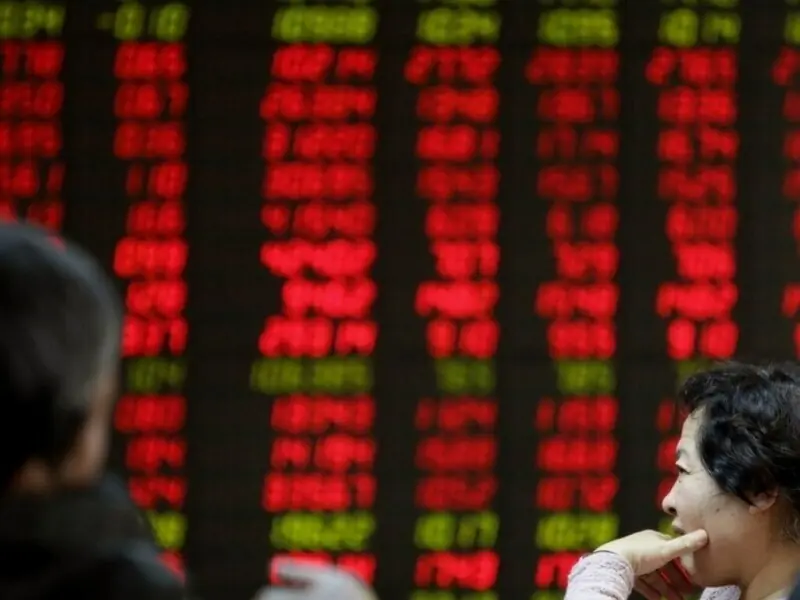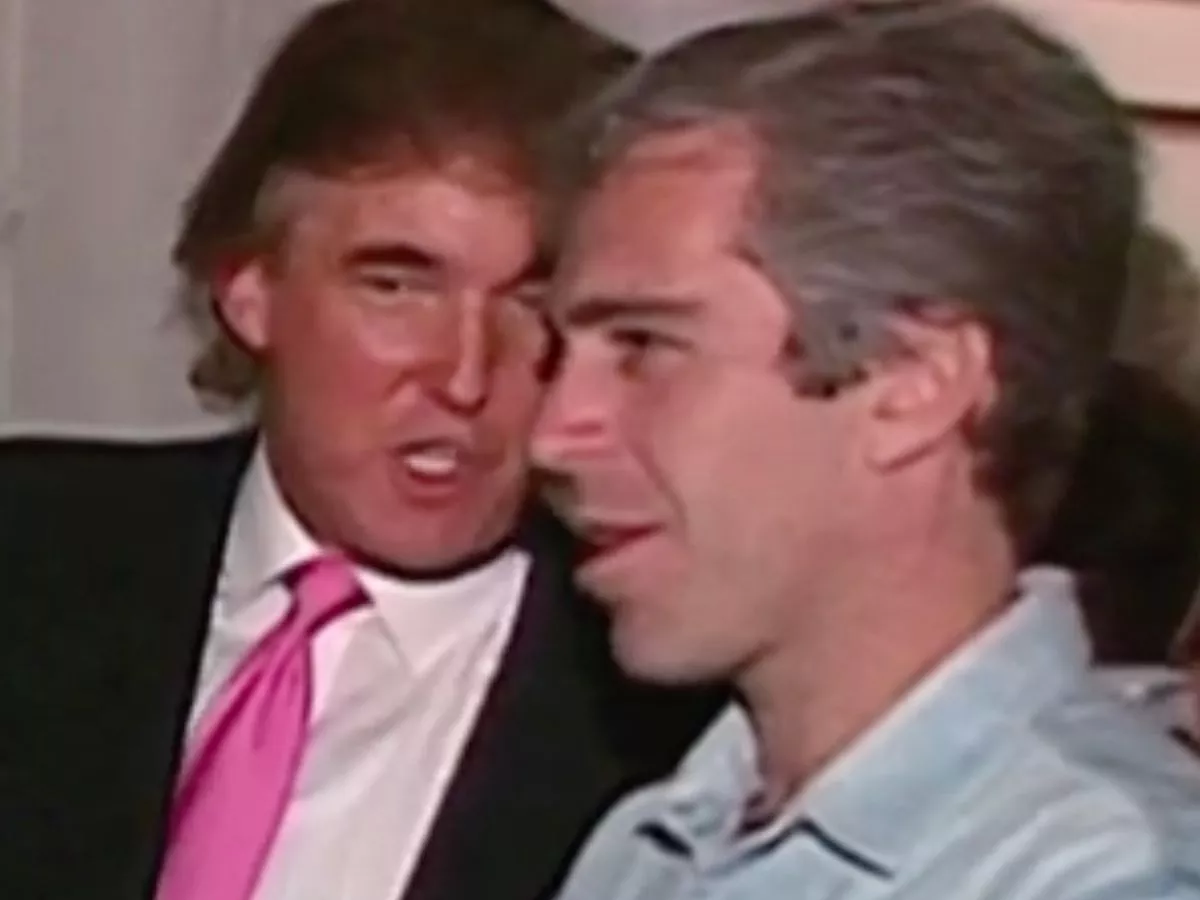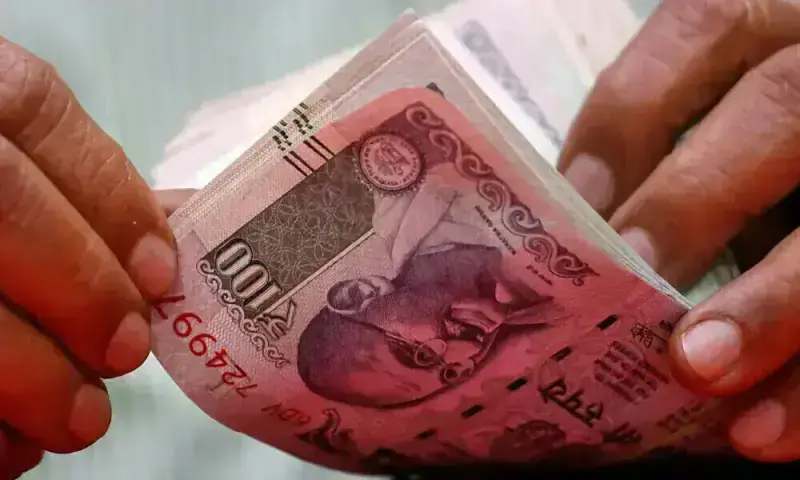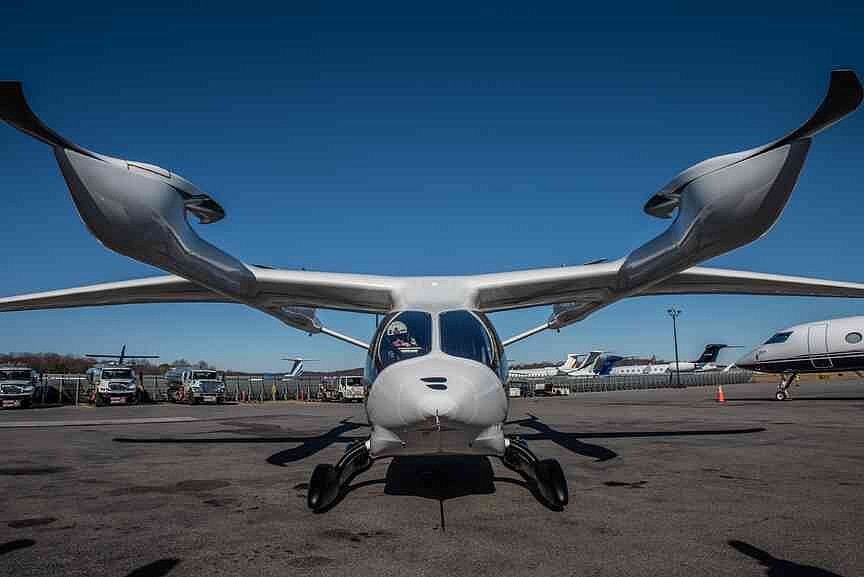Copyright news18
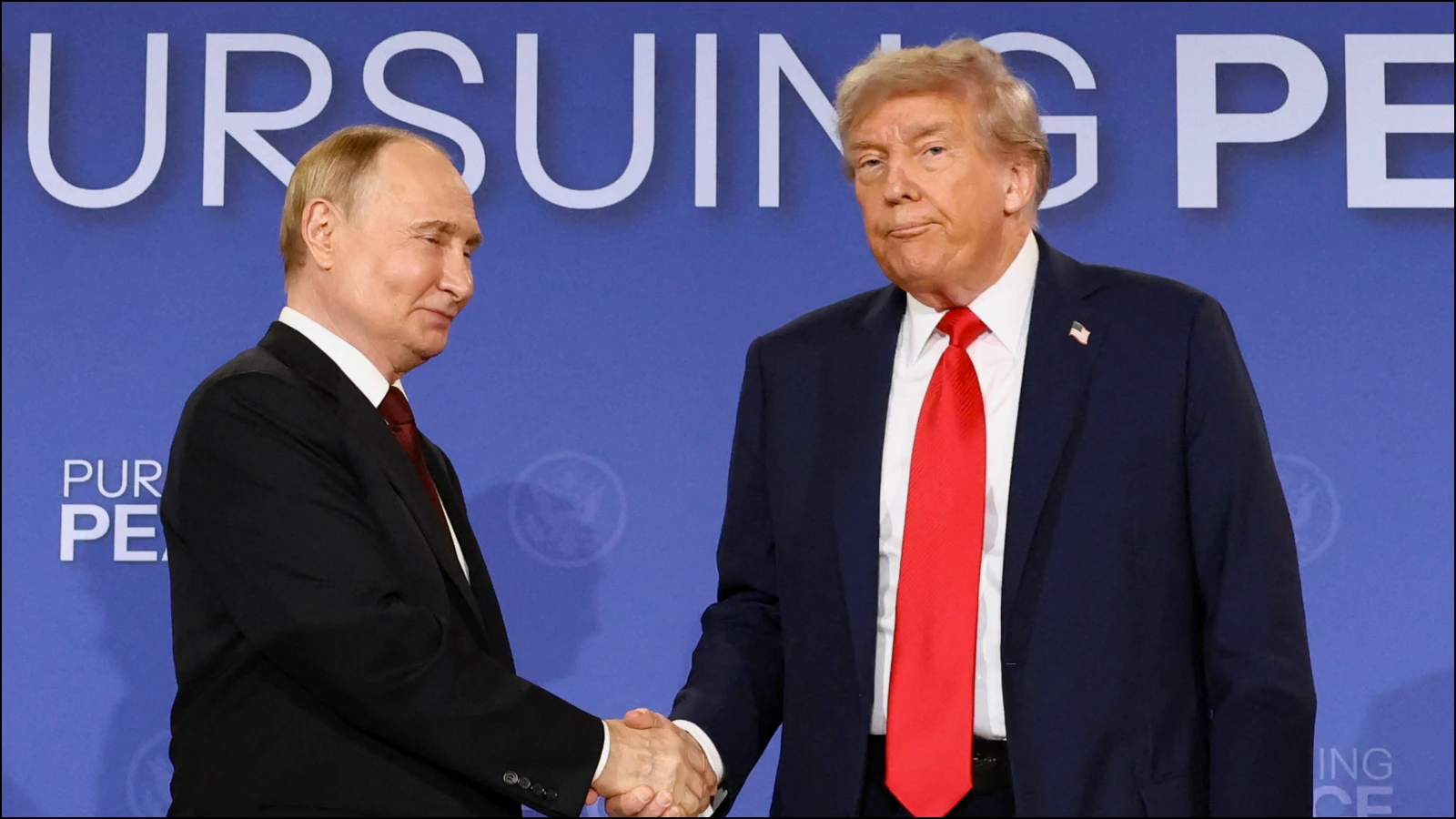
Barely a week ago, US President Donald Trump announced that he and Russian President Vladimir Putin would meet in Budapest “within two weeks or so.” The declaration came after a two-hour phone call between the two leaders, which Trump described as productive and full of “great progress.” The summit was billed as a fresh attempt to restart stalled negotiations over the Russia–Ukraine war, now in its fourth year. However, by Tuesday, the White House confirmed that the meeting would no longer take place. Plans for a preparatory in-person dialogue between US Secretary of State Marco Rubio and Russian Foreign Minister Sergey Lavrov were also scrapped. “I don’t want to have a wasted meeting,” Trump told reporters at the White House. “I don’t want to have a waste of time, so I’ll see what happens.” A White House official, speaking to Politico, explained that “Secretary Rubio and Foreign Minister Lavrov had a productive call. Therefore, an additional in-person meeting between the Secretary and Foreign Minister is not necessary, and there are no plans for President Trump to meet with President Putin in the immediate future.” The abrupt U-turn has exposed a diplomatic freeze that continues to define US–Russia interactions over Ukraine. It also highlights the persistent gap between Trump’s high-profile peace efforts and the hardened positions on both sides of the conflict. What Was This Summit Supposed To Do? Trump’s Budapest meeting with Putin was intended as a follow-up to their previous summit held in Anchorage, Alaska, two months earlier. That in-person discussion lasted nearly three hours but concluded without any tangible agreement, even as both leaders claimed “progress” had been made. After facilitating a ceasefire and hostage deal between Israel and Hamas in Gaza, Trump reportedly told his lead diplomatic negotiator Steve Witkoff in Egypt, “We have to get Russia done.” That call to action quickly evolved into a renewed attempt to restart the Ukraine peace process. Following his call with Putin last Thursday, Trump announced that Rubio and Lavrov would meet to lay the groundwork for a new summit in Hungary. The geopolitical stakes were high. The proposed meeting had the potential to influence decisions on long-range weapons aid to Ukraine, open dialogue over territorial disputes, and test Moscow’s real willingness to negotiate. But instead of bringing the parties closer, the initiative fell apart almost immediately. Why Was It Cancelled? The immediate reason for shelving the summit was Russia’s refusal to alter its longstanding demands. Following the call between Rubio and Lavrov, US officials concluded that Russia had not moved beyond its “maximalist” stance. At a press conference in Moscow, Lavrov said, “I believe American officials have concluded that Russia’s position has remained largely unchanged over time and remains within the bounds of its initial ‘maximalist’ demands. Russia has not altered its positions compared to understandings and prolonged negotiations between Putin and Trump in Alaska.” Russia continues to insist that peace talks must precede any ceasefire, a position Washington views as an obstacle. Lavrov stated, “We remain entirely committed to this formula and I confirmed it yesterday in the conversation with Marco Rubio.” He reiterated Moscow’s core demands: new elections in Ukraine, formal guarantees that Ukraine will not join NATO, and an end to what the Kremlin describes as persecution of Russian speakers. Putin has also repeatedly questioned the legitimacy of Ukrainian President Volodymyr Zelenskyy and made unsubstantiated claims that Ukraine is “overrun by Nazis.” Lavrov also questioned whether Putin could travel to Hungary, citing Poland’s warning that it would enforce the International Criminal Court’s arrest warrant if Putin entered its airspace. Kremlin spokesperson Dmitry Peskov downplayed the cancellation, telling reporters, “You cannot postpone what has not been scheduled.” But the optics of an abruptly scrapped summit, days after it was publicly announced by Trump himself, sent a clear signal that talks had failed to progress. The Zelenskyy Factor The day after his two-hour phone call with Putin, Trump hosted Zelenskyy at the White House. At the centre of their conversation was Ukraine’s growing need for long-range weapons to strike deeper into Russian-held territory. Zelenskyy specifically requested US-made Tomahawk cruise missiles, which are capable of hitting high-value targets far from the front lines. Trump declined the request. According to reports, he instead encouraged Zelenskyy to consider a political settlement that included ceding some territory to Russia, a proposal largely aligned with Moscow’s public demands. This was widely seen as an attempt by Trump to pressure Ukraine into compromise, in hopes of securing what he could present as a breakthrough deal. But the immediate fallout was diplomatic. In his address soon after the meeting, Zelenskyy said, “As soon as the issue of long-range capabilities became a little further away for us—for Ukraine—Russia almost automatically became less interested in diplomacy. This is a signal that this very issue—the issue of long-range capabilities—may be the indispensable key to peace.” He added, “The greater Ukraine’s long-range capabilities, the greater Russia’s willingness to end the war.” Zelenskyy’s remarks suggested that the very act of withholding advanced weapons from Ukraine may have discouraged Russia from staying at the negotiating table. Trump, for his part, maintained that a ceasefire could be achieved without further escalation. He proposed freezing the war along the existing “line of contact”, the current frontline positions between Russian and Ukrainian forces. “You go by the battle line, wherever it is. Otherwise, it’s too complicated. You’ll never be able to figure it out. You stop at the battle line,” he told reporters. This approach, while superficially simple, has drawn criticism for potentially legitimising Russia’s territorial gains. While some European leaders expressed conditional support for it as a possible starting point, Moscow flatly rejected the idea, insisting that any ceasefire must come only after Ukraine makes broader political concessions. Middle East Momentum Vs Eastern European Stalemate Trump’s confidence in diplomacy was shaped by his recent success in brokering a ceasefire deal between Israel and Hamas. His leverage in the Middle East stemmed from years of support for Israeli policy, deep ties to Arab leaders, and personal popularity among Israeli voters. This unique combination gave him influence over both sides. But Ukraine is a different arena. Over the past nine months, Trump has oscillated between threatening Moscow with energy sanctions and publicly berating Kyiv, including suspending arms shipments and cutting off intelligence sharing. These swings have produced little movement. European diplomats cited by Politico said they were blindsided by Trump’s Budapest announcement. One described his approach as an example of the “last person he speaks to” shaping policy decisions. Others questioned the choice of Hungary as a summit venue, given its EU membership and perceived proximity to Russian interests. A European diplomat told CNN that Lavrov was “100% loyal to Putin but who’s never in the room when real important decisions are being taken,” suggesting that any negotiations not involving Putin directly were largely symbolic. What Happens Next? Despite the summit being shelved, the White House maintains that Trump is still pursuing a diplomatic resolution. In a statement to CNN, spokesperson Anna Kelly said, “President Trump has consistently worked towards finding a peaceful and diplomatic resolution to end this senseless war and to stop the killing. He has courageously engaged parties on all sides and will do everything in his power to achieve peace.” But with no date for renewed talks and no breakthrough in sight, it’s unclear what leverage the United States has left. Russia continues to reject ceasefire proposals based on existing battle lines. Ukraine remains unwilling to give up territory. And Trump, while promoting himself as a peacemaker, has not been able to shift either side’s core demands. Zelenskyy, after his White House visit, remarked: “The current line can be the beginning of diplomacy. Instead, Russia is again doing everything to jump off diplomacy.” European leaders and Ukraine issued a joint statement expressing cautious support for Trump’s suggestion that talks could begin from the current line of contact. However, they also made clear that “international borders must not be changed by force”, a direct rejection of Russia’s demand to redraw Ukraine’s boundaries as part of any peace deal. Whether the Trump–Putin summit is revived remains uncertain. Officials have not ruled out further engagement between Rubio and Lavrov, possibly on the sidelines of upcoming international gatherings like the ASEAN summit in Malaysia. But for now, all sides appear locked into their positions.
